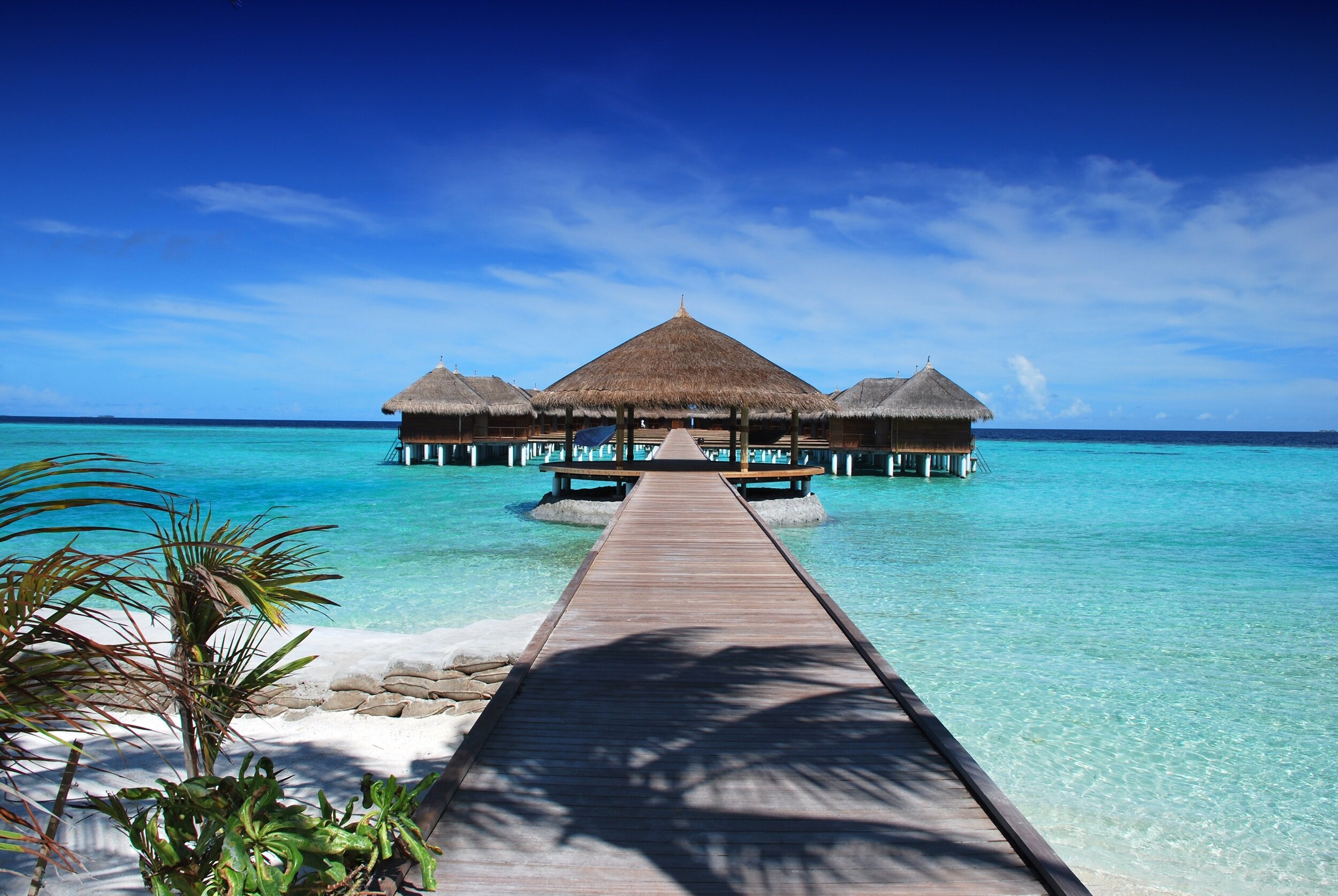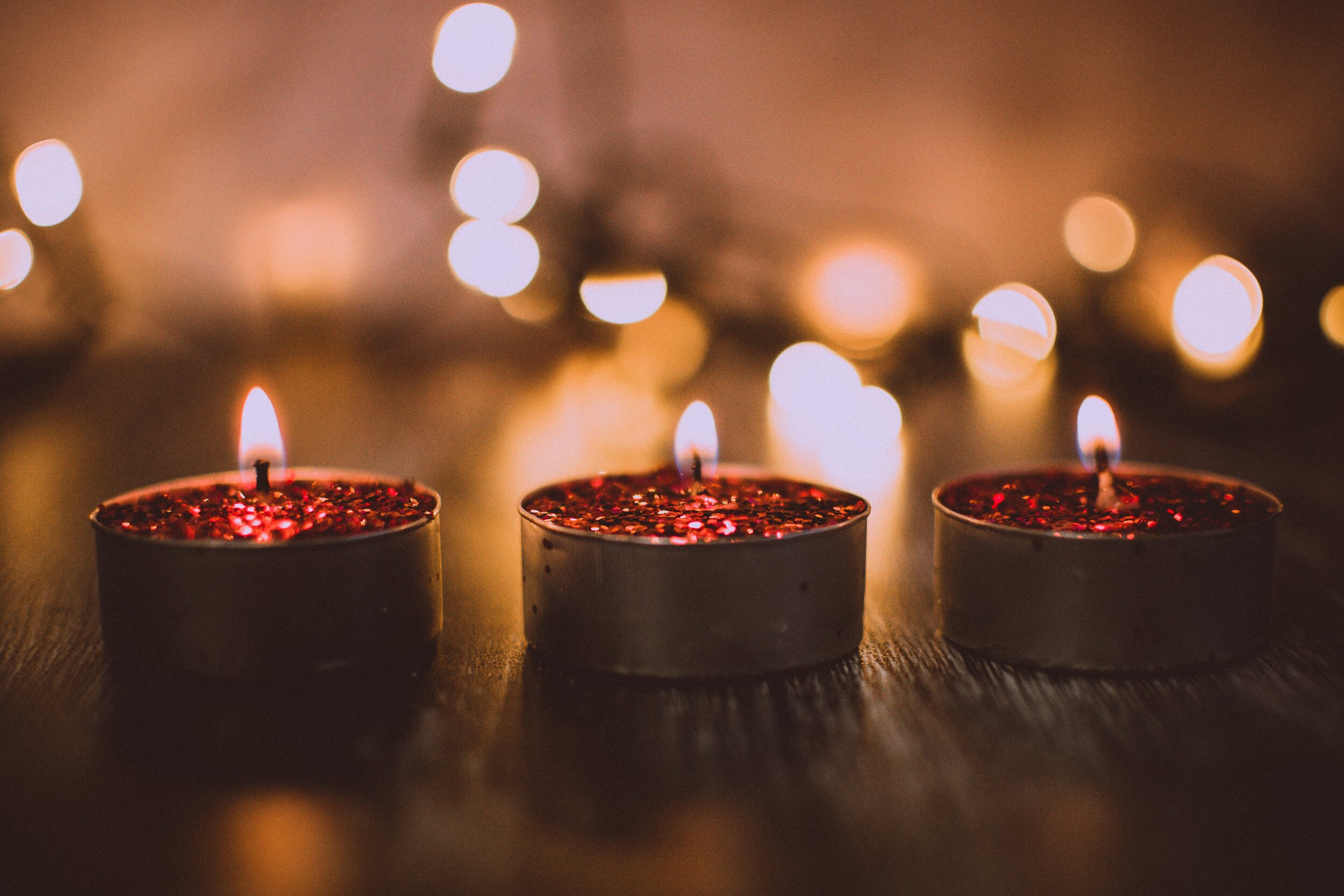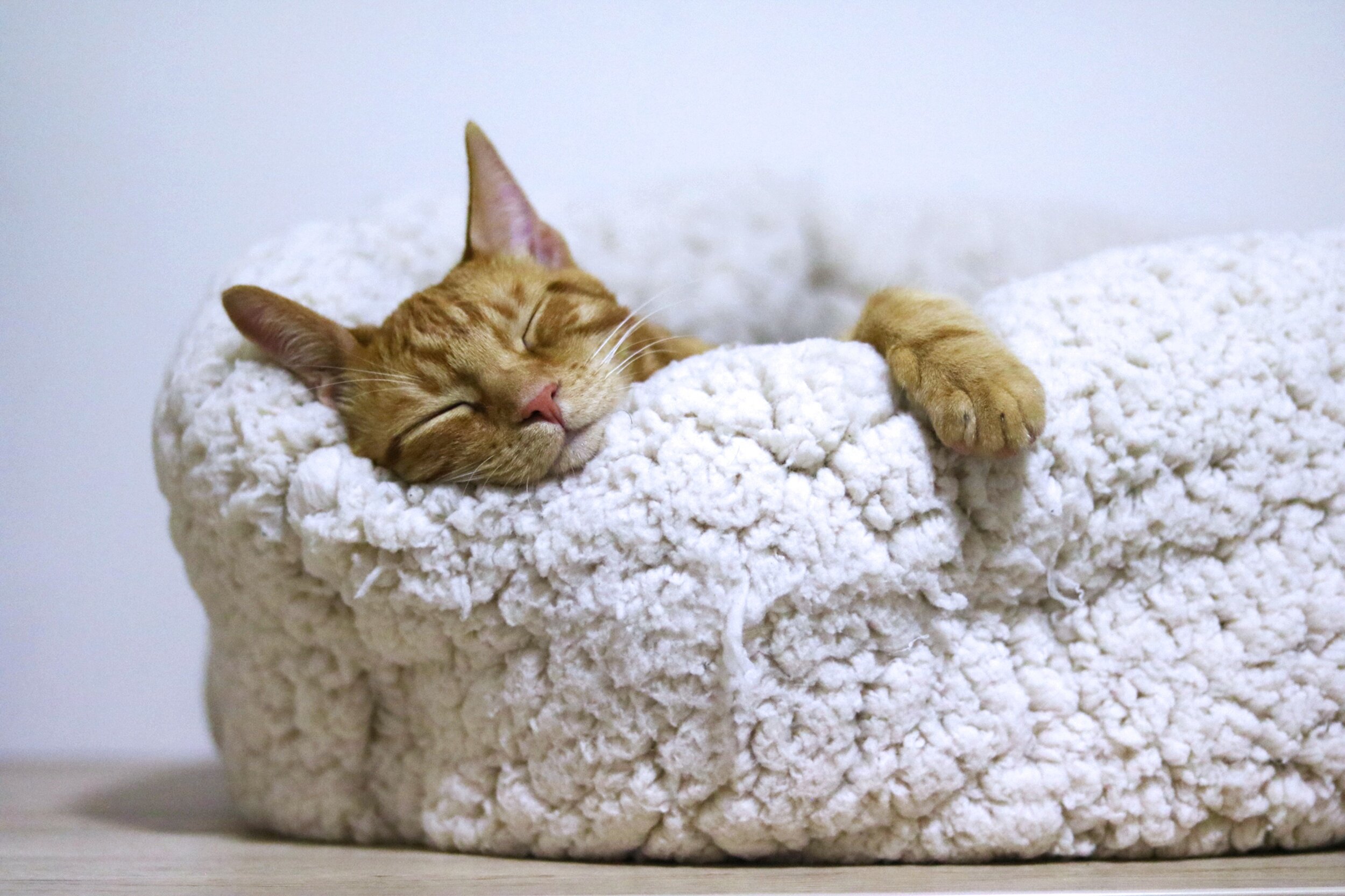The art of Hygge and beating the January blues
Today is Blue Monday, or what is said to be the most depressing day of the year. But the concept of Blue Monday was actually conceived by the travel company Sky Travel in order to encourage people to book a holiday. It has no basis in fact and was actually derived from an equation that looked into factors like weather and general levels of debt at various points in the year.
What is interesting is how quickly it caught on. This suggests that there be some truth to it and indeed it’s easy to see why. In the UK, January weather is cold and unforgiving, people are cash-strapped after the exuberant and indulgent festive period and the lights along with goodwill and generosity have now come down.
As the start of the year, it’s also the time when people look at their lives and notice all the things that they want to change but alas new year’s resolutions never last and by the end of the month, there is a general sentiment of regret and grudging as things inveitably fall into the same old routine. So in recent years, mental health advocates have imbibed Blue Monday and use it to spread awareness about mental health.
Yet there are some parts of the world (with worse weather than we have here) who consistently rank at the top in surveys of the happiest countries in the world. These are the Nordic countries. And of these countries, it is Denmark that is almost always first. So why is this?
Photo by Daniel Xavier from Pexels
Well one thing is that they have very good social security; university is free, healthcare is free and unemployment benefits are good. Yet beyond this, the Danes have cultivated a culture of self-care that helps them ride out the long drawn out winter perfectly and it’s called Hygge. And although Danish culture means that emphasis is placed on a healthy work-life balance that allows for hygge, there is still much we can learn from them and implement in our own lives.
So what is hygge? To be honest it doesn’t have a definitive definition and even Danes struggle to describe it but perhaps the closest explanation is that it is a feeling. A feeling of comfort, safety, warmth, contentedness and belonging and together they make one feel happy and wellbeing. So how do you create that feeling? Below are some tips and tricks the Danes use to hygge and banish those January blues.
Friends and family make the world go round
Our fondest memories almost always include others and the reasons for this are simple. Human beings are social creatures because evolutionarily, traveling and living in packs ensured a greater chance of survival. This is also why the brain’s pleasure feedback loops produce oxytocin or the feel good hormone when we bond with others. Countless research also suggests that there is a connection between happiness and the quality of our relationships. We are more likely to feel satisfied with our lives if we have typically happy relationships with our friends and family.
Sharing, laughing and giving and receiving support all produce feelings of belonging, safety and unity. Which is what hygge is all about. There are different ways of bonding with family and friends but doing it in a hygge way means doing it in a simple, intimate way like playing board games or doing a chilled movie night with close fiends. Hygge suits introverts too because it is about having a relaxing intimate night in with a small group of close friends.
Treat yo’self
If hygge is all about making yourself feel good then it makes sense that when it comes to food and drink, it’s all about treating yourself. So go ahead and have those sweets or that chocolate chip cookie. Cake in particular is very hygge because it is so wholesome. However because hygge is about wellbeing, overindulging is not good so knowing when to stop is important. When it comes to drinks, those that are warming and cosy like mulled wine, hot chocolate, tea and coffee bring the most hygge.
But it’s not just about eating. Creating food especially if it’s the joyous messy business of baking or the therapeutic and nurturing process of slow cooking something, is also very hygge. Both of these methods of cooking are fulfilling and satisfying and both can be done alone or with friends and family. Cooking with friends can also be easier way of hosting as all the pressure doesn’t fall on just the host, enabling everyone to have a fun and relaxing time.
Photo by Ricardo Esquivel from Pexels
Home is where the heart is
How your home is decorated is important because it the headquarters of hygge; the place where you can be warm, cozy, safe and feel a sense of belonging. Certain materials, like wood, are grounding because they make us feel closer to nature. Ceramics, like mugs, teapots and cases are another great way to create an environment of homeliness through natural materials. When thinking about how to decorate your home think about the way things feel and add materials that have different textures to your home.
Vintage items that have associated good feelings and memories help evoke that sense of comfort and belonging. Fireplaces invite warmth and cosiness, light and somewhere around which to gather. A cozy nook, or a special corner just for you with blankets, cushions and books will give you a space in which to practice hygge and upon which reaching, your mind automatically knows it can relax.
Photo by Lisa Fotios from Pexels
Light it up
It would be impossible to talk about the home without giving special mention to lighting. You can begin by creating an ambient atmosphere through the right lighting and nothing works better than candles. In fact Denmark is Europe’s largest consumer of candles. Candles are essentially mood lighting and the soft warm glow eminatting a comforting smell relaxes and soothes the mind. But be careful to air the room you light candles in so it there aren’t too many particles in the air. When it comes to electric lighting, the key is to use warm rather than harsh white lighting which can jar the senses and keep the mind alert, preventing it from relaxing. Pick interesting lighting features too so for example lamps with soft edges and in calming colours.
Photo by Berend de Kort from Pexels
The great outdoors
Although the house is the home of hygge, it’s possible to create it outdoors too. Especially since being surrounded by nature brings calm and tranquility and grounds us. Going outdoors also helps to reduce stress. Camping in particular is very hygge because it an experience through which you can savour the present moment. It’s simple and slow and forces you to relax. Alternatively you can also go to the park, climb a tree, have a picnic, feed the ducks, go for walks and hikes and treks and cycle rides, go to the countryside, go for retreats, engage in bird watching or just sit in a garden and observe the robins and sparrows.
Photo by Александар Цветановић from Pexels
Budget-friendly hygge
The best things in life are free and hygge is all about simply and modestly taking care of your mind, body and soul to make it feel good. So it’s not the kind of self care that’s about spending loads to treat o’self. It’s the kind if self care that allows you to appreciate the simple pleasures in life and be grateful.
So board games, TV nights with a mate, outdoor games, outdoor movies and playing are all inexpensive ways to hygge because they have an element of past and present to it: doing simple things from your childhood that bring back nostalgia and practicing gratitude that helps you prepare for the future.







